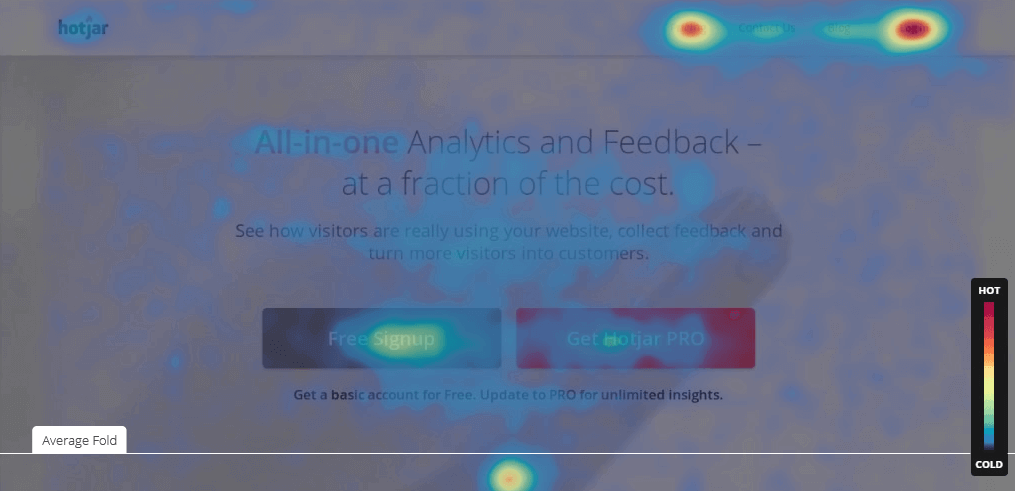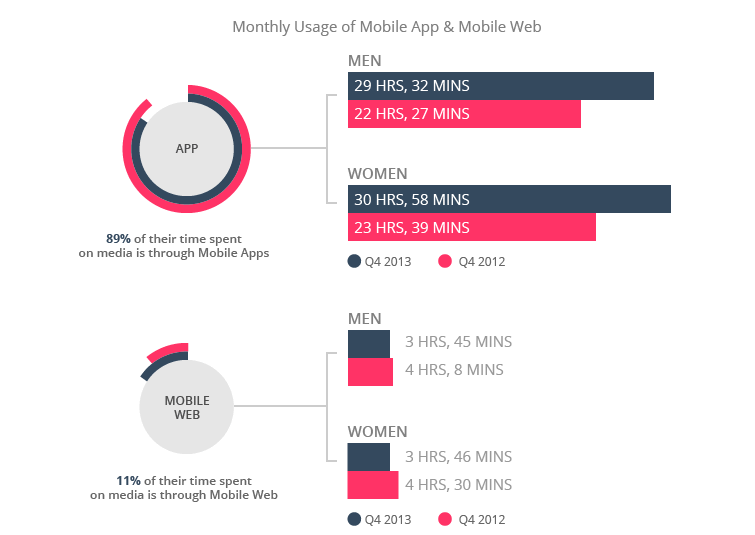Viewability: What You Need To Know

Ad viewability is a hot topic in the digital advertising industry. More often than not, advertisers are being charged for served impressions rather than viewable impressions that have been served.
That means you could be paying for ads customers never even had a chance to see. In fact, in December 2014, Google released a study indicating that an incredible 56% of banner ads across the web are never seen. It’s a huge concern for brands—and rightly so. But what does that actually mean for you? And what can you do about it? Let’s break it down.
What is Viewability?
What is deemed as “viewable” can vary depending upon whom you ask. The key difference is that an “opportunity to see” the ad exists for viewable ad impressions, but this isn’t guaranteed for served ad impressions.

Ads may not be seen for a variety of reasons, including:
- Location on the webpage (e.g., above vs. below the fold)
- Latency (slowness to load as user is scrolling past)
- Device screen size (e.g., right-hand-side display ad which is viewable on desktop but is cropped off the screen when viewed on a mobile browser)
- Rendered on background tab, i.e. not in view, which accounts for 76% of non-viewable ads
- User scrolled off-screen or exited/abandoned in less than two seconds, which accounts for 24% of non-viewable ads
- Ad blocking software
A viewable ad, then, is one displayed on-screen and in-focus for enough time (not including loading time) so the user may actually be able to view the ad unit.
Who Determines What’s Viewable?
Back in the ’60s, the U.S. Congress established the Media Rating Council, or MRC, to ensure media companies were performing valid, reliable and effective audience measurements. The MRC loosely defines a “viewable” display ad as one where 50% of its pixels are in-view on the screen for a minimum of one second. Video ads don’t fare much better, only requiring 50% display on screen for two seconds.
However, these are only guidelines—definitions vary from publisher to publisher, and there is no requirement for publishers to be MRC-certified. Advertisers are rightly anxious as they look to capitalize on the consumer shift to digital media, but also want to minimize waste in their media spending. It’s no surprise that they are looking for stricter measures of viewability.
What Can You Do?
You should consider investing in social media and mobile campaigns.
On social media, things are a bit different. Ad inventory is almost always above the fold and the ad units themselves mimic those of organic content, such as a News Feed post on Facebook.
Additionally, with its extensive collection of user behavioral data, advanced targeting is possible, enabling social publishers to optimize ad delivery for specific actions, including video views or mobile app installs. While impressions are still measured the same way as for traditional display—when the ad is served— advertisers have the choice to pay only when users perform a specific action (e.g., a video view).
Facebook, Twitter, Instagram and YouTube have their own standards for what’s considered a view; for example, for video ads:
- Facebook – when any pixels are on screen for three consecutive seconds or more
- Instagram – when any pixels are on screen for three consecutive seconds or more
- Twitter – when 100% of pixels are on screen for three consecutive seconds or more, or when a user clicks to play the video in full screen
- YouTube – when a video has been viewed for 30-seconds or more, or the end of the video has been reached, whichever comes first)

Historically, social media platforms have been criticized for being walled gardens and not committing to independent viewability standards. Facebook took a step in the right direction when it announced a video-focused partnership with Moat, an independent third-party analytics company, to provide advertisers assurance that their video ad metrics are accurate.
Facebook also announced a new buying option in which advertisers can buy impressions where 100% of the ad has been in-view in a user’s News Feed. On the other hand, Twitter has been the early leader in the social space on viewability, announcing in June that advertisers wouldn’t pay for video ads unless they were 100% in view for at least three seconds. The proactive stance Facebook and Twitter have taken helps build trust with brands and partners, and we expect other platforms to follow suit moving forward.
Shift to Mobile Advertising
Viewability for standard banners is around 80% on mobile, but only 48% on desktop. Most of this lift actually comes from advertising in apps as opposed to on the mobile web: in-app ad units typically come as always-prominent banners or full-screen interstitials. Additionally, ad blockers do not work in mobile apps. The good news here for advertisers is that the areas of lesser concern (mobile, in app) are where consumers are shifting to spending all of their time anyway. A whopping 89% of mobile consumption happens within apps vs. 11% on mobile web in the U.S. With better scale and improved viewability, moving to mobile is a no- brainer for advertisers.

While this is true for the North American market, the rest of the world is not on the same page yet. We expect this to change as the smartphone continues its rise to dominance around the world.
Looking Forward
So what does the future hold for this discussion? Frankly, it’s likely to eventually fade into the background as brands and agencies move to social media advertising and mobile apps. As we’ve seen, consumers are shifting their time spent on digital to mobile and apps in particular, where viewability is much less of a concern. This maps well to platforms like Facebook, Twitter, and Instagram, as the vast majority of usage for all of these is in mobile apps. Furthermore, these platforms are proactively taking steps to build trust with their advertising partners.
As measurement capabilities improve and standards become more regimented by publishers, brands will be better able to connect digital advertising programs to offline sales lift. In the future, it will be less about technicalities and eliminating waste, and more on addressing the behavioral traits of social media users—like increasingly short attention spans require more engaging ad content—and maximizing return on investment.